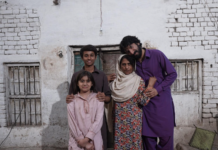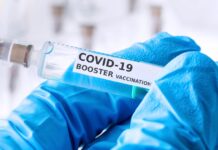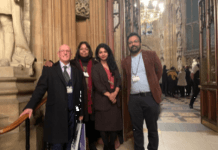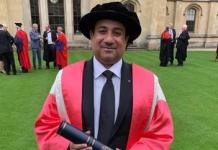Dr Dyer gives advice on Acute Leukaemia
Leukaemia is Britain’s biggest childhood cancer with one in every 2,000 children developing the disease.
Leukaemia is a cancer of the bone marrow and white blood cells. There are two main types, acute and chronic. About 85 per cent of acute cases occur in children under 15 years of age. Depending on the type of blood cells affected, acute leukaemia is called either acute lymphoblastic leukaemia (ALL) or acute myeloid leukaemia (AML).
Acute leukaemia is a cancer of the bone marrow and white blood cells. Stem cells in the bone marrow produce three important blood cells which carry oxygen around the body (red blood cells), help fight infection (white blood cells) and help stop bleeding (platelets). Normally your bone marrow will produce stem cells which will then mature into adult cells; with acute leukaemia the bone marrow begins to release immature white blood cells. If the white blood cells aren’t properly formed they are less effective at fighting bacteria and viruses, making the body more vulnerable to infection.
Common symptoms of the condition include breathlessness, having repeated infections over a short space of time, unusual or frequent bleeding such as nose bleeds, easily bruised skin, swollen glands and weight loss.
The treatment for acute leukaemia will depend on your general health and age. Many of the treatments can cause serious side effects and complications that can have a huge strain on the body. For this reason, those with poor health are less likely to survive an aggressive approach to treatment but can be offered a treatment that shows a remission in symptoms.
Treatment is carried out in stages, the first, induction, aims to kill the leukaemia cells in the bone marrow, restore the blood to proper working order and resolve any symptoms that you may have. Consolidation then aims to kill any further leukaemia cells that may be present in the central nervous system. Finally, the maintenance stage involves taking regular doses of chemotherapy tablets in order to prevent the leukaemia returning.
Advances in treatment now mean that four out of five children diagnosed with leukaemia are cured.
If you would like more information about leukaemia please visit







































